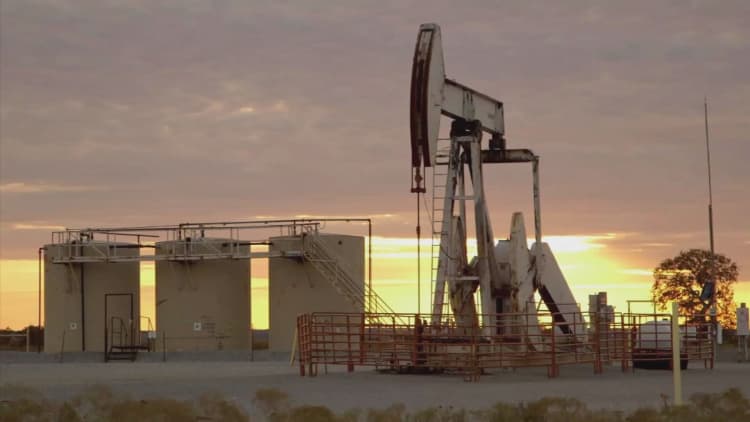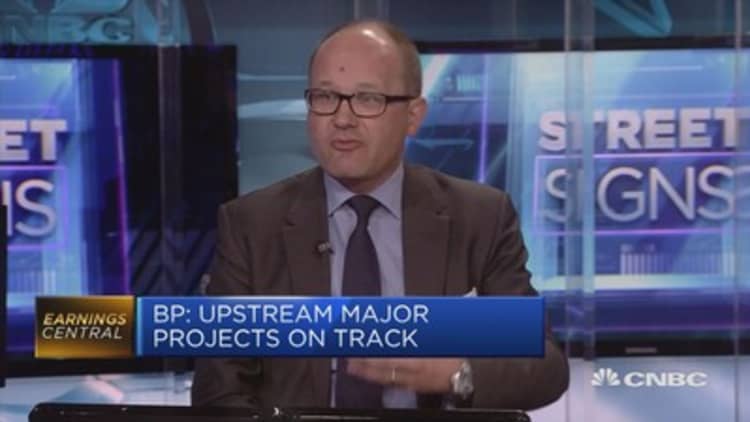
Oil prices slipped from more than two-month highs on Tuesday as ample global supplies countered strong demand and forecasts of another drop in U.S. crude inventories.
U.S. inventory reports due on Tuesday and Wednesday are expected to show crude stocks fell by 2.9 million barrels last week, the fifth straight week of declines.
However, OPEC production rose in July, a Reuters survey found Monday, despite a deal to cut output. That has stayed some of the buyers that helped boost U.S. oil futures by more than 16 percent since the contract dropped below $43 a barrel in late June.
"Momentum indicators have us in overbought territory over the last few days, which is telling you is going to pull back somewhat," said Robert Yawger, director of energy futures at Mizuho Americas.

Brent crude futures, the international benchmark for oil prices, were trading down 60 cents, or 1.1 percent, at $52.12 per barrel by 11 a.m. ET (1500 GMT), slipping from a nearly 10-month high just below $53 a barrel.
U.S. West Texas Intermediate (WTI) crude futures fell 56 cents, or 1.1 percent, to $49.61 per barrel. The contract also hit a nearly 10-week high at $50.43 earlier in the session, after breaking above the key $50 level for the first time in two months on Monday.
Prices were mostly lower on Monday, but surged ahead of the session's close. Analysts told CNBC crude oil futures face resistance to further gains after surging about 9 percent last week.
Gasoline and heating oil crack spreads were stronger on Tuesday, in part after Royal Dutch Shell said its Pernis refinery in the Netherlands, Europe's largest oil refinery, will remain closed through mid-August following a fire.
The latest data point on U.S. inventories comes from industry group the American Petroleum Institute (API), due out at 4:30 p.m. EDT (2030 GMT). The U.S. government's official data is out on Wednesday.
On the demand side, forecasters including the International Energy Agency have been raising their estimates, lending prices some support. Oil company BP was upbeat, seeing demand growing by 1.4 to 1.5 million barrels per day (bpd).

"Global demand is looking pretty strong, and prices will firm around the levels seen today," BP Chief Financial Officer Brian Gilvary told Reuters after the company reported earnings on Tuesday.
The Organization of the Petroleum Exporting Countries, along with Russia and other non-members are reducing output by about 1.8 million bpd from Jan. 1, 2017 until March next year to get rid of excess supply.
OPEC's adherence to supply cuts has been high but in recent months production has increased due in part to recovering output in countries exempt from the deal.
Oil output by OPEC rose last month by 90,000 bpd to a 2017 high, a Reuters survey found, led by Libya, one of the exempt producers.
"At the current OPEC production level, the oil market is likely to show a supply deficit of only around 500,000 barrels per day in the second half of the year," Carsten Fritsch of Commerzbank said.
"In other words, OPEC will not achieve its goal of completely eliminating the oversupply by year's end."
— CNBC's Tom DiChristopher contributed to this report.

